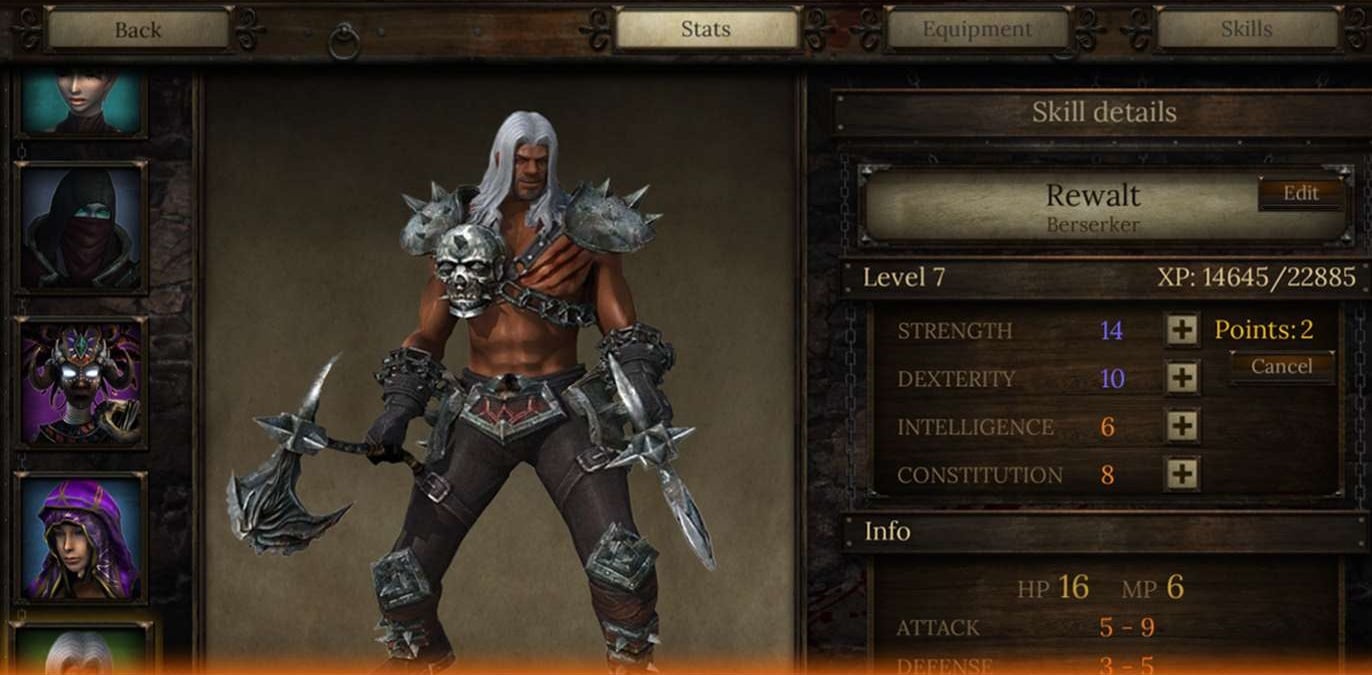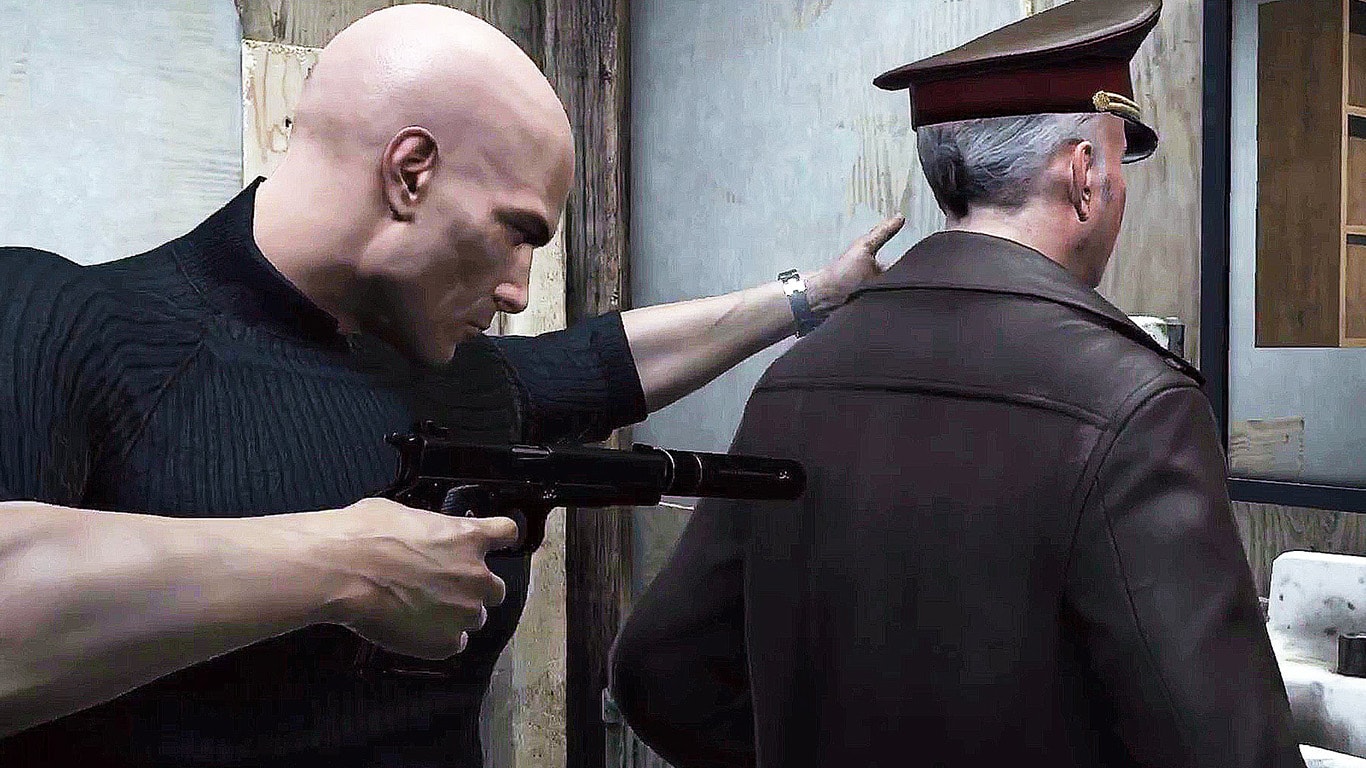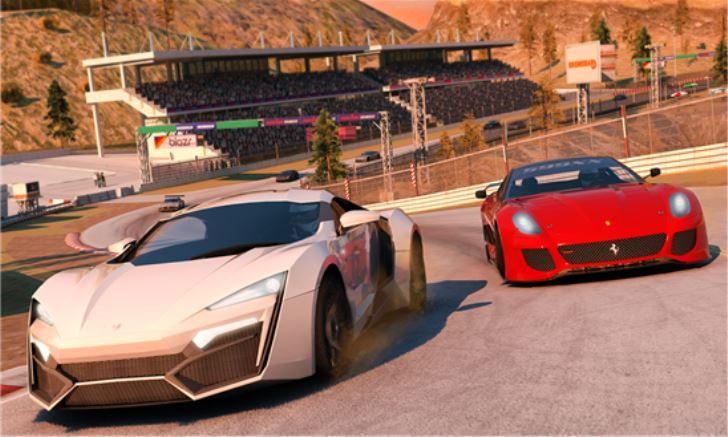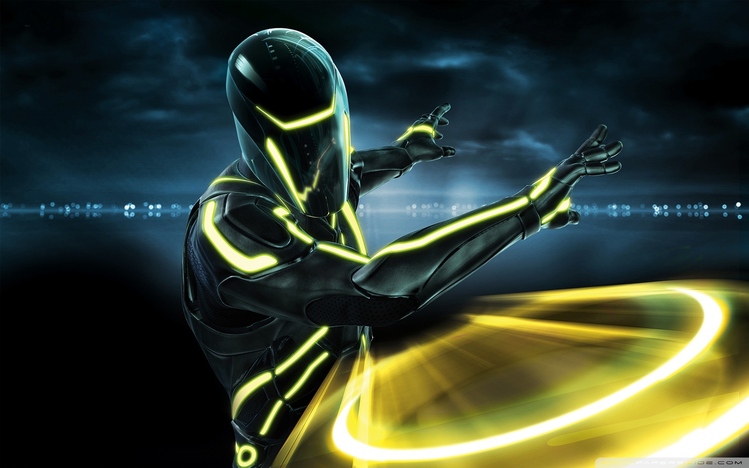Deep convolutional neural networks have carried out remarkably well on many Computer Vision duties. However, these networks are closely reliant on huge information to keep away from overfitting. Overfitting refers to the phenomenon when a network learns a operate with very high variance similar to to completely mannequin the coaching knowledge. Unfortunately, many software domains don't have access to big information, such as medical image analysis. This survey focuses on Data Augmentation, a data-space answer to the problem of restricted information. Data Augmentation encompasses a collection of strategies that improve the scale and high quality of training datasets such that higher Deep Learning models could be constructed utilizing them. The utility of augmentation methods primarily based on GANs are closely coated on this survey. This survey will current current methods for Data Augmentation, promising developments, and meta-level decisions for implementing Data Augmentation. Readers will perceive how Data Augmentation can improve the efficiency of their fashions and expand limited datasets to take benefit of the capabilities of massive data. In distinction to the techniques mentioned above, Data Augmentation approaches overfitting from the foundation of the problem, the coaching dataset. This is finished under the idea that more information can be extracted from the unique dataset via augmentations. These augmentations artificially inflate the coaching dataset measurement by either data warping or oversampling. Data warping augmentations transform current photographs such that their label is preserved.
This encompasses augmentations corresponding to geometric and colour transformations, random erasing, adversarial training, and neural style transfer. Oversampling augmentations create artificial instances and add them to the coaching set. This consists of mixing photographs, characteristic space augmentations, and generative adversarial networks . Oversampling and Data Warping augmentations do not kind a mutually unique dichotomy. For example, GAN samples could be stacked with random cropping to further inflate the dataset. Descriptions of individual augmentation methods might be enumerated within the "Image Data Augmentation techniques" part. A quick taxonomy of the Data Augmentations is depicted under in Fig.2. Another helpful technique for generative modeling worth mentioning is variational auto-encoders. The GAN framework can be prolonged to enhance the standard of samples produced with variational auto-encoders . Variational auto-encoders learn a low-dimensional illustration of data factors. In the image domain, this translates an image tensor of size height×width×color channels down right into a vector of dimension n× 1, identical to what was discussed with respect to feature house augmentation. Low-dimensional constraints in vector representations will result in a poorer representation, although these constraints are better for visualization using methods such as t-SNE . Imagine a vector representation of measurement 5 × 1 created by an autoencoder. These autoencoders can soak up a distribution of labeled data and map them into this house. These classes might embrace 'head turned left', 'centered head', and 'head turned right'. Variational auto-encoder outputs could be further improved by inputting them into GANs . Additionally, an analogous vector manipulation process may be done on the noise vector inputs to GANs through using Bidirectional GANs . The earliest demonstrations displaying the effectiveness of Data Augmentations come from easy transformations corresponding to horizontal flipping, color space augmentations, and random cropping. These transformations encode most of the invariances discussed earlier that current challenges to image recognition duties. This section will explain how each augmentation algorithm works, report experimental results, and discuss disadvantages of the augmentation technique.
12.4 by drawing stuffed rectangles and strings in a number of totally different colours. When the appliance begins execution, class ColorJPanel's paintComponent technique (lines 1037 of Fig. 12.5) is called to paint the window. Line 17 uses Graphics method setColor to set the current drawing color. The expression new Color creates a model new Color object that represents red . Line 18 makes use of Graphics methodology fillRect to attract a stuffed rectangle within the current colour. Method fillRect attracts a rectangle based on its 4 arguments. The first two integer values symbolize the upper-left x-coordinate and upper-left y-coordinate, the place the Graphics object begins drawing the rectangle. The third and fourth arguments are nonnegative integers that symbolize the width and the peak of the rectangle in pixels, respectively. A rectangle drawn utilizing methodology fillRect is crammed by the current colour of the Graphics object. In different words, you possibly can zoom in on a characteristic of an image which can be transferring round in an otherwise bigger image. Each timeDynomeasure skips to a brand new frame the Grabber software is evoked permitting one to center the thing in the display window. If one then hits the area bar the thing could be measured.Undulations This procedure is specialized for the generation of show lists of the physique form of undulating organisms. To use it, make a movie from above with the swimming specimen in a pan with a white background, calibrate the image of one frame and select Digitize Undulations.
The consumer might be prompted for a file header, a file name and for each of the frames of the film, a frame descriptor, and a click on the place of the nostril and the tail. The program then mechanically traces two sets of coordinates that outline the form of the left and right sides of the physique axis. It generates a tab delimited file where the primary column is the frame time and the second column is the angle. One operates on the 8-bit CLUT of an listed composite image while the opposite operates on the decrease 5 bits of the Red, Green and Blue components of an RGB image. The latter evaluation requires an RGB source and an 8 bit frame grabber that may be switched between the R, G and B planes or the Red, Green and Blue information generated by such a source. The results of this evaluation is the era of a binary image the place the pixels throughout the segmented class are black and the rest of the image white. Digital image information is often encoded as a tensor of the dimension (height × width × color channels). Performing augmentations within the color channels area is another strategy that is very sensible to implement. Very easy shade augmentations include isolating a single colour channel similar to R, G, or B. An image could be shortly transformed into its representation in one shade channel by isolating that matrix and adding 2 zero matrices from the other colour channels.
Additionally, the RGB values can be easily manipulated with easy matrix operations to extend or decrease the brightness of the image. More superior color augmentations come from deriving a colour histogram describing the image. Changing the intensity values in these histograms results in lighting alterations similar to what's used in photograph modifying purposes. The RGB colour mannequin is applied in different ways, relying on the capabilities of the system used. By far the commonest general-used incarnation as of 2006 is the 24-bit implementation, with eight bits, or 256 discrete levels of colour per channel. Any colour space based on such a 24-bit RGB mannequin is thus limited to a spread of 256×256×256 ≈ sixteen.7 million colours. Some implementations use sixteen bits per component for forty eight bits complete, resulting in the same gamut with a larger variety of distinct colors. This is especially necessary when working with wide-gamut shade spaces , or when numerous digital filtering algorithms are used consecutively. The identical precept applies for any color area primarily based on the identical shade mannequin, however implemented in different bit depths. For NTSC cameras, the image airplane is decomposed into 480 rows and 640 columns of pixels, and pictures are produced at 30 frames per second. Hence, a colour video camera produces info at almost 30M bytes of data per second. Extracting useful info from this stream is computationally demanding, and sometimes decrease resolution pictures are used, or the depth is quantized with fewer than 8 bits per pixel. Furthermore, current advances in digital photography and high definition tv are leading to reasonably priced cameras with greater resolution, larger dynamic vary, and more bits per pixel.
Many objects in organic images are represented by heterogeneous colors. For example, a sponge image may be made up of orange, brown, yellow and green pixels. Region bitmap segmentation allows one to acquire and phase on the idea of heterogeneous shade sets. This device makes use of the lasso device to choose out a area of pixels. The algorithm will then choose which CLUT colors were inside the chosen area and phase a binary image of the image pixels with the corresponding values. Be cautious in choosing regions that contain extraordinarily dark (i.e. black) pixels as these are present in most objects. The user is healthier off choosing regions that comprise pixels that seem unique to the objects to be segmented. Canvases are utilized by ImageMagick both as a starting image for drawing on, backgrounds to overlay pictures with clear areas, and even simply as part of common image processing. They is often a solid colour, or a spread of colours, or perhaps a tile of a smaller image. Here we have a look at just some of the methods that can be utilized to generate a complete range of canvas pictures. An RGBA color model with eight bits per component uses a total of 32 bits to symbolize a colour. This is a handy number as a result of integer values are often represented using 32-bit values.
A 32-bit integer value can be interpreted as a 32-bit RGBA shade. How the colour components are organized inside a 32-bit integer is considerably arbitrary. The most common structure is to retailer the alpha component in the eight high-order bits, adopted by purple, green, and blue. (This ought to in all probability be called ARGB color.) However, other layouts are also in use. This illustration works well as a result of 256 shades of pink, green, and blue are about as many as the attention can distinguish. Such purposes would possibly use a 16-bit integer or perhaps a 32-bit floating level value for every shade component. For example, one widespread shade scheme makes use of 5 bits for the purple and blue components and 6 bits for the green component, for a complete of 16 bits for a color. All of the augmentation strategies discussed above are utilized to images within the enter space. Neural networks are extremely powerful at mapping high-dimensional inputs into lower-dimensional representations. These networks can map photographs to binary classes or to n× 1 vectors in flattened layers. The sequential processing of neural networks could be manipulated such that the intermediate representations could be separated from the community as a complete. The lower-dimensional representations of image data in fully-connected layers could be extracted and isolated. Konno and Iwazume find a performance boost on CIFAR-100 from 66 to 73% accuracy by manipulating the modularity of neural networks to isolate and refine individual layers after coaching. Lower-dimensional representations found in high-level layers of a CNN are known as the characteristic area. DeVries and Taylor presented an interesting paper discussing augmentation on this characteristic area. This opens up opportunities for many vector operations for Data Augmentation. A colour mode that shows photographs by using a number of colour channels, every comprising 256 shades of gray.
Colors can be created on pc monitors with colour spaces based mostly on the RGB shade mannequin, using the additive major colors . A three-dimensional representation would assign each of the three colors to the X, Y, and Z axes. Note that colours generated on given monitor shall be limited by the replica medium, such as the phosphor or filters and backlight . Figure 3Representation of an eight pixel colour image within the RGB and HSB shade areas. The RGB colour house maps the RGB shade model to a cube with Red values growing along the x-axis, Green alongside the y-axis and Blue alongside the z-axis. The right panel exhibits the identical image after brightness reduction, simply famous by the vertical displacement alongside the HSB cylinder. Images produced using Kai Uwe Barthel's 3D Color Inspector plugin. One of the solutions to search the house of attainable augmentations is adversarial training. Adversarial training is a framework for utilizing two or more networks with contrasting goals encoded in their loss functions. This part will discuss utilizing adversarial coaching as a search algorithm as properly as the phenomenon of adversarial attacking. Adversarial attacking consists of a rival community that learns augmentations to pictures that end in misclassifications in its rival classification network. These adversarial assaults, constrained to noise injections, have been surprisingly successful from the attitude of the adversarial community. This is surprising as a outcome of it fully defies instinct about how these models characterize photographs. The adversarial attacks demonstrate that representations of images are a lot less strong than what may need been anticipated. This is properly demonstrated by Moosavi-Dezfooli et al. utilizing DeepFool, a community that finds the minimal attainable noise injection needed to cause a misclassification with excessive confidence.
Su et al. present that 70.97% of pictures can be misclassified by changing just one pixel. Zajac et al. trigger misclassifications with adversarial attacks restricted to the border of images. The success of adversarial attacks is very exaggerated as the resolution of photographs increases. Sharpening and blurring are a few of the classical ways of applying kernel filters to photographs. Kang et al. experiment with a novel kernel filter that randomly swaps the pixel values in an n×n sliding window. They call this augmentation approach PatchShuffle Regularization. The hyperparameter settings that achieved this consisted of two × 2 filters and a zero.05 likelihood of swapping. These experiments were carried out utilizing the ResNet CNN structure (Figs.5, 6). Geometric transformations are excellent solutions for positional biases current in the training knowledge. There are many potential sources of bias that would separate the distribution of the training knowledge from the testing information. If positional biases are present, corresponding to in a facial recognition dataset the place each face is completely centered within the frame, geometric transformations are a great solution. In addition to their powerful ability to beat positional biases, geometric transformations are also helpful as a end result of they are easily implemented. There are many imaging processing libraries that make operations similar to horizontal flipping and rotation painless to get began with. Some of the disadvantages of geometric transformations include extra memory, transformation compute prices, and additional training time. Some geometric transformations such as translation or random cropping must be manually observed to verify they haven't altered the label of the image. Therefore, the scope of the place and when geometric transformations could be applied is comparatively restricted. The AlexNet CNN structure developed by Krizhevsky et al. revolutionized image classification by applying convolutional networks to the ImageNet dataset. Data Augmentation is used of their experiments to increase the dataset size by a magnitude of 2048. This is completed by randomly cropping 224 × 224 patches from the original images, flipping them horizontally, and altering the depth of the RGB channels utilizing PCA shade augmentation. This Data Augmentation helped reduce overfitting when coaching a deep neural network.
The authors declare that their augmentations decreased the error fee of the model by over 1%. RGB uses additive color mixing, as a result of it describes what kind of light must be emitted to produce a given color. RGBA is RGB with a further channel, alpha, to point transparency. Common shade areas based mostly on the RGB mannequin include sRGB, Adobe RGB, ProPhoto RGB, scRGB, and CIE RGB. Following are two examples of algorithms for drawing processing shapes. Instead of coloring the shapes randomly or with hard-coded values as we now have prior to now, we choose colors from pixels inside of a PImage object. The image itself is rarely displayed; rather, it serves as a database of data that we are able to exploit for a multitude of creative pursuits. The Channel Mixer adjustment options modify a targeted colour channel utilizing a mixture of the present shade channels in the image. Color channels are grayscale pictures representing the tonal values of the color components in an image . When you utilize the Channel Mixer, you are adding or subtracting grayscale data from a source channel to the focused channel. You usually are not adding or subtracting colors to a particular shade component as you do with the Selective Color adjustment. This process creates a binary image of the image pixels that fall within a specified range of gray scale values or colour LUT entries.























































